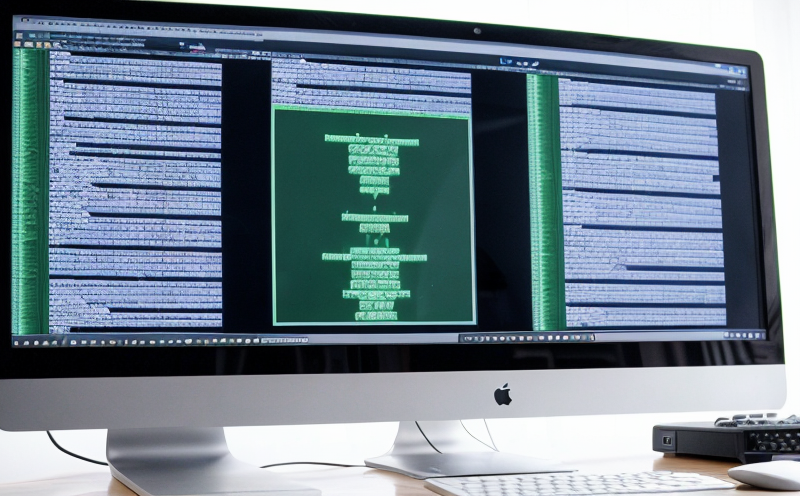Memory Leak Detection Testing in Software Source Code
In today’s fast-paced digital landscape, software applications are at the heart of nearly every business function. Ensuring that these applications run efficiently and securely is paramount to maintaining customer trust and operational integrity. Memory leaks within source code can be particularly insidious as they often go unnoticed until a system’s performance begins to degrade significantly over time.
Memory leak detection testing in software source code involves identifying and quantifying areas of the code where memory is allocated but not properly released, leading to potential system crashes or slowdowns. This type of testing is critical for applications that handle large amounts of data or run continuously for extended periods without restarts.
At our laboratory, we employ a comprehensive approach to detecting and addressing memory leaks in software source code through both static and dynamic analysis methods. Static analysis examines the source code itself for potential issues before any actual execution occurs. This helps identify common programming errors that can lead to memory leaks early in the development process.
Dynamic analysis, on the other hand, involves running the application under controlled conditions to observe its behavior over time. By monitoring how memory is used during runtime, we can detect instances where allocated memory is not being freed properly. This method allows us to catch issues that might be missed by static analysis alone.
Our testing process includes multiple stages designed to ensure thoroughness and accuracy. Initially, our team reviews the software architecture to understand its complexity and identify potential areas prone to memory leaks. Following this review, we conduct a series of tests using specialized tools that can pinpoint exactly where memory is being allocated and freed.
The results from these tests are then analyzed in detail by our experts who provide a comprehensive report outlining all detected issues along with recommended corrective actions. This report serves not only as evidence of compliance but also as a valuable resource for developers looking to improve their coding practices.
By incorporating memory leak detection testing into your software development lifecycle, you can significantly reduce the risk associated with running out of available system resources. This proactive approach ensures that your applications remain stable and performant even under heavy loads or extended usage scenarios.
Scope and Methodology
| Aspect | Description |
|---|---|
| Static Analysis Tools | We utilize industry-standard tools such as SonarQube, Clang Static Analyzer, and Coverity to perform initial scans of the source code. These tools help identify potential issues early in the development process. |
| Dynamic Testing Environment | The software is tested within a controlled environment simulating real-world conditions to observe its behavior over extended periods. |
| Performance Metrics | We monitor key performance indicators like memory usage, allocation rates, and deallocation success rates throughout the testing process. |
| Reporting | A detailed report is provided summarizing all findings along with recommendations for remediation. Compliance with relevant standards such as ISO/IEC 17025 ensures accuracy and reliability of our reports. |
Industry Applications
Memory leak detection testing in software source code finds application across various sectors including finance, healthcare, telecommunications, and e-commerce. Financial institutions rely on secure systems to protect sensitive customer information, while healthcare providers need reliable applications for patient records management.
In the telecommunications sector, continuous operation of network infrastructure demands robust memory management practices to avoid downtime or service interruptions. For e-commerce platforms, efficient resource utilization translates directly into improved user experience and higher conversion rates.
International Acceptance and Recognition
The importance of memory leak detection in software source code is widely recognized internationally. Compliance with standards such as ISO/IEC 17025 ensures that our testing methods meet global best practices.
Our laboratory adheres to these stringent requirements, providing clients with confidence in the quality and reliability of their systems. By partnering with us, businesses can ensure they are meeting international standards for software development and maintenance.





